
Twenty years ago, hardly anyone outside of those working in an ad agency (or, I suppose, a film studio) knew what a storyboard was. Go back 50 or so years, when television was just becoming America's preferred mass media, and I'll bet that even many artists were unfamiliar with the term.
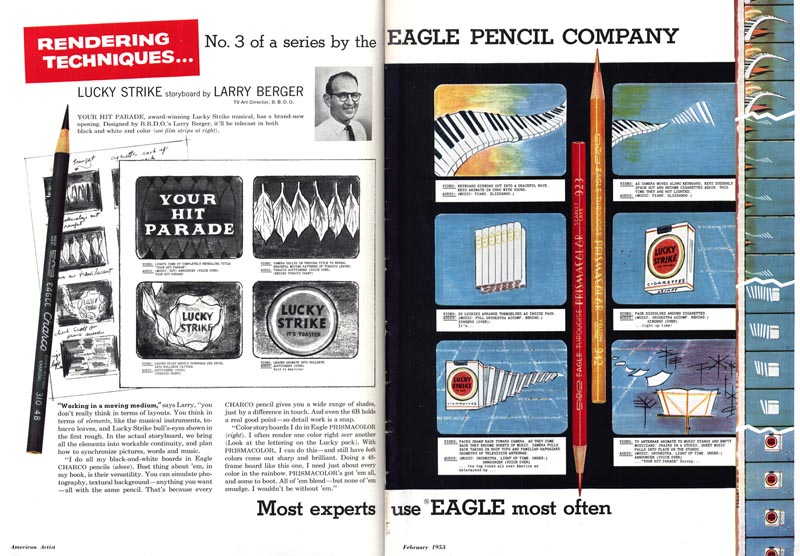
That might explain why the editors of American Artist magazine had Larry Berger, an art director specializing in TV commercials at BBDO, write an article on the subject for their February 1953 issue.
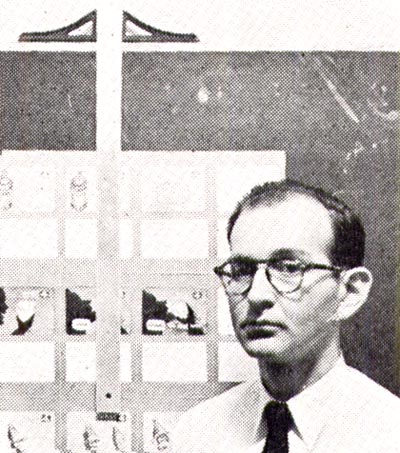
"Television is the newest and perhaps the most challenging field ever to face an artist," wrote Berger. "It has possibilities and limitations that demand new combinations of skill, training and creative thought."
"The agency's TV art director is primarily responsible for planning the visual appearance of commercials. He does this on a storyboard like the one illustrated below. Now it is not necessary to be a top illustrator to render a storyboard, but it is essential to be able to draw what the camera is expected to record."
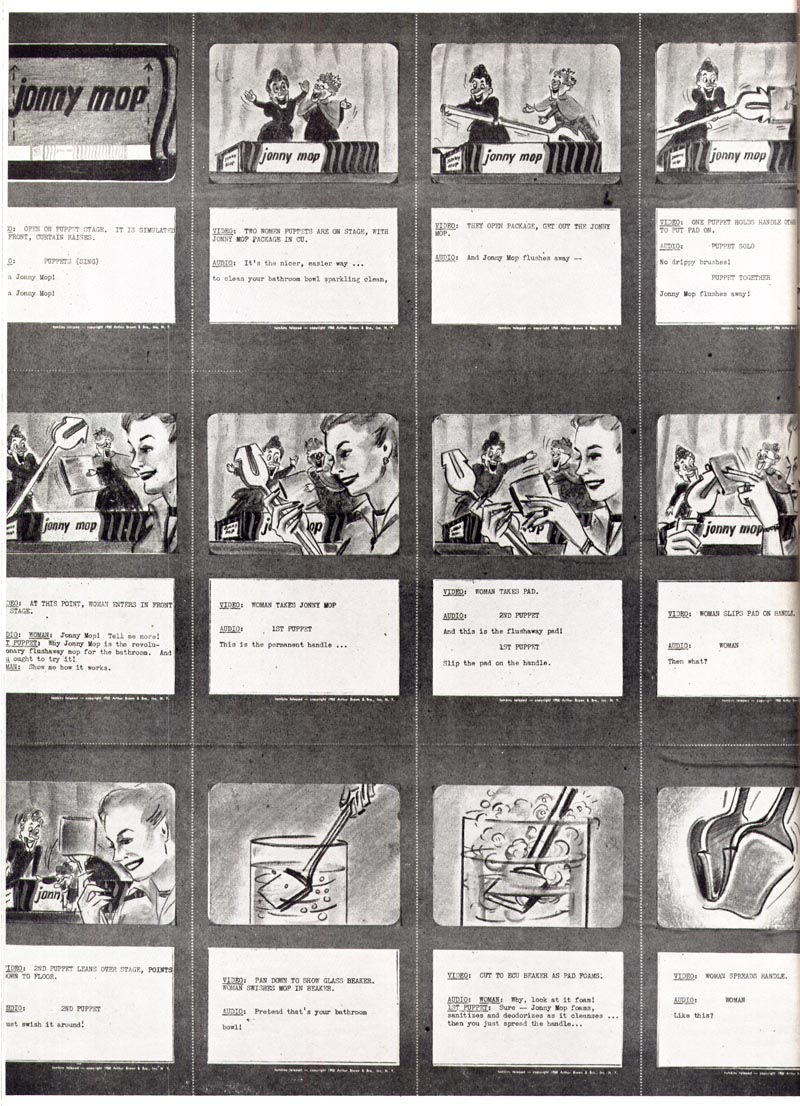
"It is essential to be able to visualize the best way of displaying the product - clearly and dramatically, and in the most attractive manner possible. It is necessary to do the same for other elements that will be associated with the product - live actors, animated cartoons, puppets or mobiles. Indicating nebulous images isn't enough because the production of the commercial depends to a great extent on what is indicated on the storyboard. If the board isn't exact in its backgrounds, composition, camera angles, and demonstration techniques, the final commercial is not likely to be much better."


"The artist who comes into television has a good start. The training acquired in an agency art department or studio is invaluable - but it is not enough. In print advertising, a man can specialize in either lettering, illustration, or layout. But the television artist must be a composite of all - and that is but a part of his equipment. Remember: a printed advertisement can carry many elements and still be good; there is relatively no restriction to the time it takes to absorb its message. But the television commercial must always stress brevity and simplicity. It must tell its story in eight seconds, twenty seconds, or at the most one minute. Therefore, though the advertising sense acquired through print media is very helpful, the artist doing TV commercials must acquire a television sense as well. He must develop a sense of timing and correct emphasis, a feeling for visual continuity and for harmonious relationships between moving objects."
"Most important, he must acquire the ability to relate a story that will hold the attention of the audience and sell the product."
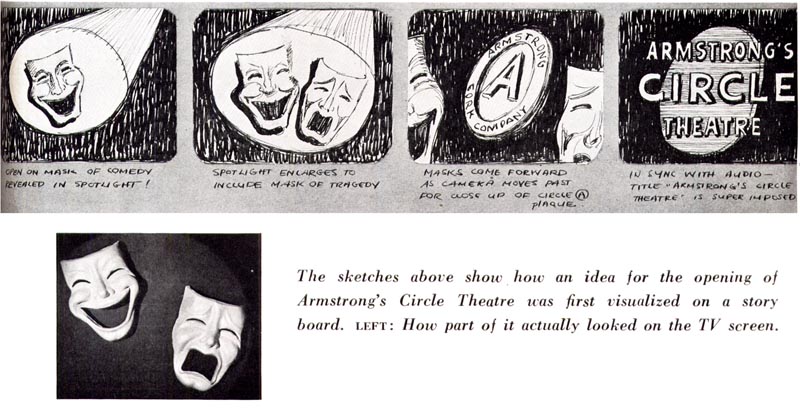
Berger concludes, "Since this article is directed to artists, little mention has been made of the other people who work directly with the artist in planning TV advertising. This does not mean that their jobs are less important. Television is no one-man operation. What the TV artist can contribute towards better television commercials, what he can innovate in the field of production techniques, will largely determine his future."
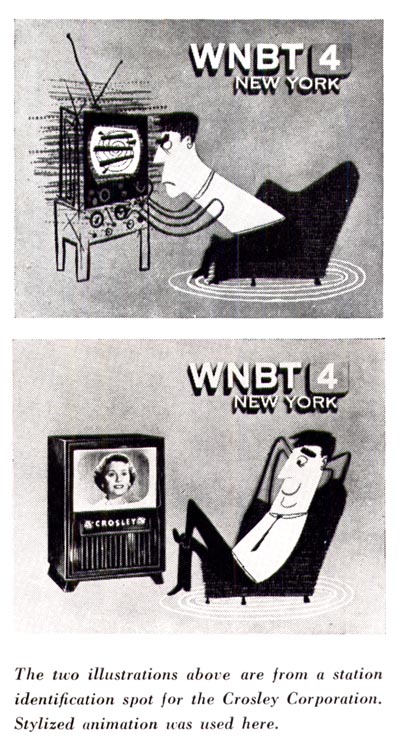
"It can, I think, prove to be the most fruitful profession an artist ever found himself in."
It would be interesting to hear from some storyboard artists today if they feel Larry Berger's assessment of their career choice rings true.
You're making me feel like a dinosaur, Leif. My very first storyboard assignment, was in my first year after I left art school in 1963. They were rendered in charcoal pencil in black and white for Lucky Lager Beer. I was scared to death, because I had never done storyboards before, and it was for one of the premier agencies in San Francisco. The agency eventually went out of business... hopefully not due to my storyboard renderings.
ReplyDeleteTom Watson
It's interesting to hear how unfamiliar the public once was with storyboards. As someone who has recently begun studying the art of storyboards in animation, they seem to me like such an enormous part of the art world, but I guess the average member of the public is only concerned with the finished product and not so much the process.
ReplyDeleteCool.
ReplyDeleteHe talks about television exactly the same way people are talking about the internet today. It would be interesting, if he's still alive, to hear what he thinks of today's 'new media'.
Tom; I don't want you to feel ancient, but I sure appreciate your perspective. Interesting that you used charcoal pencil in 1963, not markers... I'm curious if that was a personal decision, a request by the agency or simply the norm for the industry in SF.
ReplyDeleteIn the 80's at O&M Toronto, we once had a pitch so large that freelancers had to be conscripted from all over town to draw up all the concepts being presented. Among the many varied styles of marker comps that came in was one batch done in gouache! They were beautiful... we were all captivated by the skill of whoever had done them (clearly an older illustrator, because none of us 'young guns' had the ability to render in gouache like that - now would we have ever done so for comps!)
I wonder if those comps represented another technique that was at one time common practice, or if the anonymous artist in question was a finished art illustrator who happened to have been pressed into service?
Whatever the case, we all covetted those lively paintings. We hoped they'd be discarded after the pitch (like all our own work always was) so we'd have the chance to scoop them up. But I think the lucky art director who had had his concepts illustrated by that talented, anonymous artist scooped them up.
Honestly, they were so darn good you would gladly have framed them up and hung them on your wall.
Chelsea; I appreciate you taking the time to comment - its great to get the perspective of a student (and a very talented one, btw).
ReplyDeleteYou're right that the public is generally unaware of the process behind the products they consume. I do a lot of cartoon art for packaging and, when i tell people, they are amazed. They never considered that somebody had to draw that character on their cereal box of pasta tin!
I realize I haven't really touched on the role of concept art in animation, but of course storyboards would be a HUGE part of that process - my bad.
Right on, Mark; you're reinforcing the underlying message I was hoping to get across yesterday as well as today: changing technology in mass media has played a powerful role in the nature of the kind of work available to artists.
ReplyDeletePersoanlly, I agree with Larry Berger's concluding statement: I think MANY illustrators have found doing comps and storyboards to be extremely rewarding, though it was resoundingly shunned when we were at art school twenty-odd years ago.
Thanks for the features on comps and storyboards Leif- interesting stuff.
ReplyDeleteCoincidentally:
all of my markers all dried up yesterday and I had to buy a complete new set. Translation for the modern age: "My hard drive failed and I had to install a new one."
Back in the 70s, when comics paid next to nothing, and we didn't even get our originals returned, one of the only options available to make a real living for a lot of comics artists was storyboarding and comps.
ReplyDeleteThose of us who followed this route generally worked with Neal Adams to start--and we used his approach and techniques, which were evolved and decorative.
I did an awful lot of work for Benton & Bowles on the GI JOE account, as well as for THE COTTON COUNCIL, and comps for OLD GOLD CIGARETTES.
The marker techniques which were the lingua franca of the time became a finishing medium for a lot of my work in comics, when full color emerged late in the decade.
I even did quite a few day rate jobs, showing up to sit in a cubicle turning out what were called teeny frames at JWT and BBD&O--for what was considered a hot paycheck of $150.00 a day.
I loved these gigs, and learned a great deal about real world behavior and relationships, the sort of thing one never learned in comics.
as uaual leif...interesting stuff...i've been doing storyboards since 1982...i've worked with people like ken bald ,who remembers using pastels in the fifties to render most of his comps....i remember using those "stubby " magic markers throughout the 70's while going to sva....when i started in the business in '82 the industry standard was A.D. markers (which still exist today)....i feel the field was better in the 80's and 90's....today there is overall less storyboarding done,and people are REALLY hesitant to spend money,so they either use art director roughs or badly re-touched photos which they took of the internet...i've been doing more work recentely for the sketch card market because there is just less work out there for storyboards....
ReplyDeleteThanks Howard and Brian;
ReplyDeleteInteresting to get both of your perspectives. There seems to be a lot of overlap for comic book and storyboard artists, going back to, I would guess, John Buscema's early days at Fredman-Chaite. (I still hold out hope that someone will some day post some of JB's early storyboard art...)
I think I can safely say that many of us who do boards dreamed about becoming comic artists and wound up in advertising. Its tough to leave once you get a taste for the money - but I know a few artists who jumped ship to comics despite the lower paycheque, so it just goes to show, money isn't everything. (And yes, I know there are certainly opportunities to do EXTREMELY well in comics)
Looking around the internet it seems these days there are lots of folks with one foot in each camp. That's great too.
One sad story i recall that didn't have to end as it did: back when Jorge Zaffino hit the comics scene in America, some of us working in storyboards in Toronto were blown away by his skills... and kept everything he did at hand for reference and inspiration.
years later, i corresponded briefly with Zaffino's son, who informed me that the tremendously talented artist was in dire straights - work in Argentina was hard to come by and contacts in America could not secure much, if anything. I was stunned. I couldn't help but think how an artist of Zaffino's abilities could be raking it in if he did storyboards. I suggested as much to his son, but not long after that I heard how, tragically, Zaffino had passed away suddenly from a heart attack at age 45.
What a shame - and what a waste.
Unfamiliar with the term "Storyboard"?
ReplyDeleteSince childhood I've been a fan of the famous "Tintin" comic books by Hergé from Belgium.
I always was wondering about how such a perfect comic series was produced? Long time I knew nothing about such a "storyboard".
It was only very much later that I discovered how these works had evolved, beginning with Hergés rough and almost coarse preliminaries, storyboards, which culminated in such perfect comics.
Hi Leif-
ReplyDeleteWow was I ever glad to find this site!
In his varied career as an illustrator my dad, Art Saaf, did a ton of storyboard work in the '50's and '60's. Alas, I've never found an example of his work.
Go to www.artsaaf.com and scroll down and click on the storyboard index link and you'll see what I mean.
Thanks,
Steve Saaf